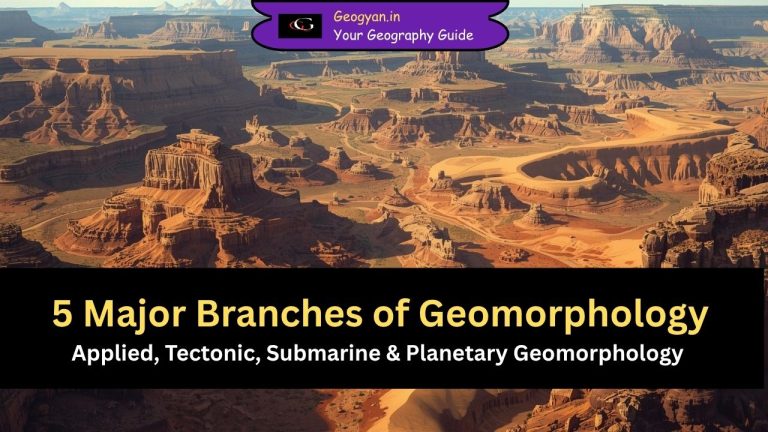Long ago, sailors were hesitant to venture far into the ocean as they thought that the earth was flat like a table. They feared that if they reached the edge of the earth, they would fall into the endless ocean and die. However, this is not true. We now know from years of accumulated knowledge, experience, and observations that the earth is round. Its spherical shape is an established fact, accepted and proven by all. There has been extensive research done on earth science, and its various dimensions have been accurately measured.
The earth’s equatorial circumference is 40,067 km or 24,897 miles, and its polar circumference is 134 km or 83 miles shorter. Its equatorial diameter is 12,756 km or 7,926 miles, and its polar diameter is 42 km or 26 miles shorter. This indicates that the earth is not a perfect sphere but rather a little flattened at both ends, like an orange. It can be referred to as a geoid, or ‘earth shaped.’ The intervening highlands and oceans on its surface mask the spherical shape of the earth.
There are various ways to prove the earth’s sphericity.
Circum-navigation of the earth
One of the most notable ways is circumnavigation of the earth, which was first done by Ferdinand Magellan and his crew from 1519 to 1522. This voyage proved beyond doubt that the earth is round, and modern air routes and ocean navigation are based on this assumption (see Fig.1).

The circular horizon
Secondly, the distant horizon viewed from a ship at sea or a cliff on land is always circular in shape, which can only be seen on a spherical body (see Fig.2).

Ship’s visibility
When a ship appears over the distant horizon, the top of the mast is seen first before the hull, and as it leaves harbor, its disappearance over the curved surface is gradual. If earth were flat, then, the entire ship would be seen or obscured all at once.

Sunrise and sunset
Sunrise and sunset occur at different times in different places due to the earth’s rotation from west to east. If the earth were flat, the whole world would experience sunrise and sunset at the same time. However, this is not the case.
The lunar eclipse
During a lunar eclipse, the shadow cast by the earth on the moon is always circular and takes the outline of an arc of a circle, which can only be created by a sphere.
Planetary bodies are spherical
Telescopic observations of planetary bodies like the Sun, Moon, and stars reveal that they have circular outlines from any angle, and they are strictly spheres. By analogy, Earth cannot be the only exception.
Driving poles on level ground on a curved earth
Engineers have also found that driving poles of equal length at regular intervals on the ground does not result in a perfect horizontal level because of the earth’s curvature, as illustrated in Fig. 6. Surveyors and field engineers must account for this curvature and make certain corrections of 8 inches to the mile.

Aerial photographs
Finally, pictures taken from high altitudes by rockets and satellites clearly show the curved edge of the earth, providing the most convincing and up-to-date proof of the earth’s sphericity.
Conclusion
In conclusion, the idea of a flat earth is a myth that has been debunked through extensive research and observations. The earth’s spherical shape has been proven beyond a doubt through various methods, including circumnavigation, observations of the horizon, ship visibility, sunrise and sunset, lunar eclipses, observations of other planetary bodies, driving poles on a curved earth, and aerial photographs. Understanding the earth’s shape and dimensions is crucial for many fields, including navigation, surveying, and earth sciences. The knowledge of the earth’s sphericity is a testament to the power of human curiosity and the scientific method in unravelling the mysteries of the world around us.
You May Also Like




























